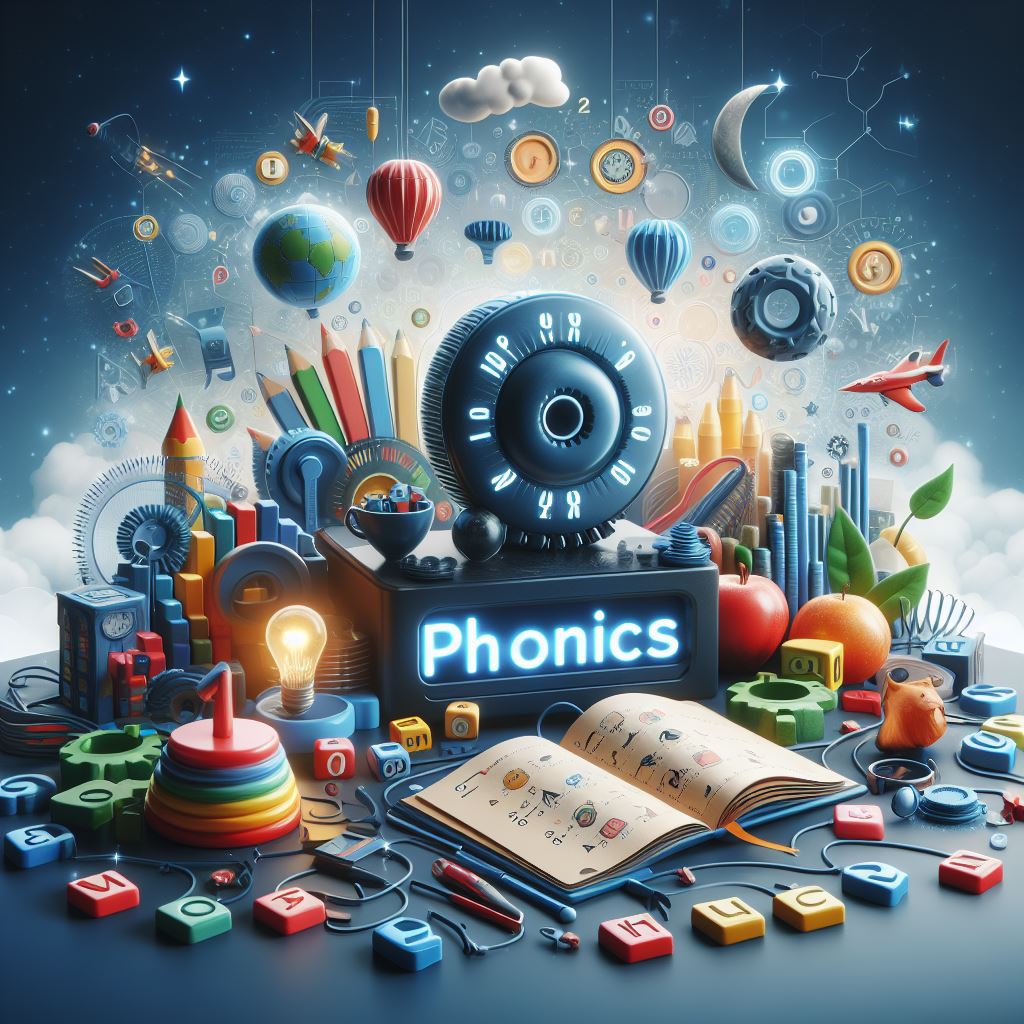What is Phonics and why Learning ‘Phonics sound’ is Important?

Consider this: the word "cat" is spelled C-A-T, where the C makes a /k/ sound. However, in the word "cell," C sounds like /s/. Confusing, right? Additionally, notice the sound of the letter A in "apple," pronounced with a fully opened mouth as /aaa/, whereas in "ape," it's pronounced as the simple /a/ sound, matching the name of the letter itself.
So, What is Phonics Sound?
Phonics sounds are the distinct noises that letters and combinations of letters make in words. For example, the letter "B" sounds like /buh/ in "ball", and when you combine "C" and "H," they make a /ch/ sound as in "chair". This concept is crucial in helping learners read by breaking down and sounding out words. In simpler terms, phonics sounds refer to the specific sounds that each segment of the alphabet produces.
Teaching phonics involves more than just the ABCs; it includes educating learners on the diverse sounds each letter and their combinations can produce, commonly referred to as alphabet phonics sounds.
Understanding Phonics Sounds A to Z
In English phonics, there are generally about 44 sounds (phonemes), including:
- Vowel Sounds: Short vowels, long vowels, and vowel digraphs like "ea" in "team" or "oo" in "book".
- Consonant Sounds: Individual consonants such as "b" or "t", and blends where two or more consonants combine but still retain distinct sounds, like "st" in "stop".
- Consonant Digraphs: Combinations like "ch" in "chop" or "sh" in "ship" where two letters make a single unique consonant sound.
- Diphthongs: These complex sounds occur when two vowels are combined in a single syllable, changing the sound mid-vocalization, such as "oi" in "boil" or "ou" in "out".
These elements form the foundation of the English language's phonics system, crucial for decoding words for reading and spelling.
Where to Start?
Begin with learning the initial sounds of consonants and the short sounds of each vowel. This foundational knowledge helps in understanding the broader spectrum of phonics sounds from A to Z.
Check out the videos below to learn more about phonics sounds for consonants and short vowel sounds.
Additionally, explore Exploralearn for a comprehensive collection of phonics sound worksheets to further enhance learning.